|
Welcome to the magical world of winter, where snow-covered landscapes become the perfect canvas for learning geometry in a fun and interactive way! Embrace the winter wonderland with these six delightful winter activities that blend the magic of snow with fundamental geometry concepts. Engage your young learners in hands-on, snowy adventures that make geometry come alive in the chilly outdoors. Snowy Geometric SculpturesTurn the snowy outdoors into a geometric playground with snowy geometric sculptures! Provide children with guides for shapes like cubes, spheres, cylinders, rectangular prisms, and cones. Watch as their creativity takes flight, molding these shapes into artistic snow sculptures. As they build, engage in conversations about the properties and names of the shapes, making geometry come alive in a winter wonderland. Snowy 3D Shapes Hide And SeekTurn the snowy outdoors into a treasure hunt for 3D shapes. Hide various objects like cones, cylinders, cubes, rectangular prisms, and spheres in the snow. Children can search for these shapes and then discuss their attributes. They can also match them to corresponding shapes on a worksheet. This activity combines the excitement of a scavenger hunt with shape recognition and introduces the concept of 3-dimensional shapes in a playful way. Snowy Geometric PatternsMake some stencils of different pattern block shapes. Provide children with colored water in spray bottles and patterns. Have them make various patterns in the snow by spraying the colored water onto the snow through the stencils.This hands-on activity combines patterning with geometry exploration. Symmetry SnowmenInstead of just making snowmen, ask the children to create symmetrical snowmen, ensuring that each side mirrors the other. Discuss symmetry and encourage creativity as they adorn their snowmen with natural materials. This activity introduces symmetry in a fun and imaginative way. Snowman MeasurementBuild snowmen with different-sized body parts, such as small, medium, and large snowballs for the head, body, and base. Discuss size comparisons and measurement as children arrange the snowballs. You can also incorporate simple measuring tools like rulers or non-standard items (e.g., twigs) to measure the height of their snow creations. Winter Puzzles Using Pattern BlocksSometimes the weather doesn't cooperate and it's necessary to take winter activities indoor. Here's a great activity to try. Create some winter puzzles that can be constructed using pattern blocks. Trace a pattern block design on a transparent page or sheet protector and place it over a completed winter puzzle. Take a picture and print it on cardstock. Then cut it out and put it into a baggie to save it. Print another picture and place it in the baggie. Use the shapes and the picture to rebuild the puzzle. By integrating geometry and measurement into winter activities, children can develop a deeper understanding of these mathematical concepts in a fun and engaging way. These activities promote hands-on learning, problem-solving, and critical thinking skills for young learners. *Let the snowy outdoors be your classroom as you embark on these geometry adventures. Bundle up, head outside, and let the snowy math extravaganza begin! Related PostsWinter provides a magical and snowy backdrop for engaging and educational activities in the classroom. As primary teachers, incorporating measurement into winter-themed lessons can make learning more fun and engaging for young students. Check out 7 creative measurement activities that will not only capture the imagination of your students but also blend math and science ideas. Snowman Size ChallengeKids love building snowmen, so why not bring the fun into the classroom. Have your students build the snowmen just outside the classroom so they can see them throughout the day. If you add in some math and science, it will make the activity even more fun. Task: Get your students to measure the circumference of the different parts of their snowmen and then compare the results with their classmates. Math focus: measuring the size of different parts of a snowman helps with understanding shapes and sizes. Science focus: Observing the structure of the snowman introduces basic geometric principles. Fun thought: The snowman's middle could be as wide as a bear hug! Snow Depth InvestigationsWhen the snow falls, it doesn't fall evenly. it can be varying depths due to wind, landscape and nearby structures or trees. Task: Take advantage of this winter landscape by measuring the depth of snow in various locations. Students can use rulers to measure snow depth on the driveway, grass, under trees, and in snowdrifts. This activity not only teaches measurement skills but also encourages observation and data collection. Math focus: Using rulers to check how deep the snow is in different places, helps teach about numbers and spatial concepts. Science focus: Comparing snow depth in different locations encourages the understanding of weather patterns and how snow accumulates. Fun fact: The snow on the grass is like a fluffy pillow, while the snowdrifts resemble magical mountains. Winter Temperature StudyBraving the cold to measure temperatures on snow days is exciting for kids. As the wind howls and the snowflakes dance, students can collect temperatures and then use the data to make comparisons. Task: Explore the winter weather and record temperatures on snow days and compare them with non-snow days. Include the windchill factor. Math focus: Recording and comparing temperatures involves analyzing and interpreting data. Science focus: Understand the impact of windchill and how it makes the temperature feel colder. Winter Themed BakingCombine the joy of winter with the excitement of baking by creating winter-themed treats. Task: Practice following recipes and using precise measurements to make some delicious snacks. Math focus: Precise measurements in baking emphasize the importance of accurate calculations. Science focus: The baking process shows the transformation of ingredients, introducing basic chemistry concepts. Weight Of Different Snow TypesKids are excited to learn that different types of snow have different weights and why this is so. Task: Compare the weight of flaky, packed, and wet snow. Math focus: Weighing different types of snow involves understanding units of measurement and comparing weights. Science focus: Exploring the weight of snow types connects to the physical properties of water in different states. Fun fact: Packed snow feels like a heavy snowball, while flaky snow is as light as a snowflake gently falling from the sky and weighs very little. Snow Angel Wing Span MeasurementTake your students outdoors for some winter fun by making snow angels. After creating their snowy masterpieces, have them measure the wing spans of their snow angels. This activity combines creativity with measurement, making it a memorable and enjoyable experience for students. Task: Make snow angels and measure the wing spans. Math focus: Measuring wing spans involves comparing lengths and learning about spatial relationships Science focus: Creating snow angels introduces the physics of body imprints and the impact of pressure on snow. Melting Snow Volume ExperimentThe grand finale of our winter measurement activities is a melting snow experiment. Task: Explore the concept of volume by measuring the amount of snow in a bucket before and after it melts. Math focus: Measuring volume requires understanding of units and how they relate to three-dimensional space. Science focus: This experiment allows students to witness the transformation of a solid (snow) into a liquid (water) while practicing measurement and observation skills. Winter provides a unique opportunity to make measurement activities in the classroom exciting and relevant for primary students. By delving into these winter measurement activities, students not only strengthen their math skills but also develop a deeper appreciation for the science that surrounds them in the winter wonderland. The joy of discovery is not just in the snowflakes but in the math and science concepts that come to life during these hands-on adventures. Winter measurement activities aren't just about numbers and rulers; they're about creating lasting memories and instilling a love for learning. As primary teachers, let's embrace the enchantment of the season and turn our classrooms into snowy laboratories where every measurement tells a tale of winter wonder. The joy in their eyes and the laughter in the air will be the true measures of success in your winter measurement adventures. Related PostsIt's that time of year again! Christmas is just 2 weeks away and a new year is around the corner. The New Year is a special occasion for kids, and there are plenty of ways to make it special in the classroom. With games and activities to teach skills and concepts, you can use special occasions to start out the year with fun. This is also a great time to refresh and set goals and prepare for new themes and units. Here are some ideas for celebrating special days in the new year. New Year's DayAlthough New Year's Day is usually a holiday, it can be the focus on the first day back after the winter break. New Year's Day is considered a day for setting goals and resolutions. Here are some ideas for making this meaningful. 1. Create a school goal, a personal goal, and a home goal and write them down. Put them on fancy paper and place it inside a personal planning folder. Throughout the year, look at them and see if they are still working. This is a good time to reflect on realistic goals and on followthrough. If they are working, celebrate. If not, make some adjustments and carry on. At the end of the school year, revisit the goals again. Grab a free copy by clicking the image below. 2. Set some class goals for the new year and maybe even a goal tracker to see how well the class is doing. There could be a reward schedule also for various accomplishments along the way. Creating a photo booth album for the class could also be fun. Check out this selection of different photo booth frames. Groundhog DayGroundhog Day is a fun occasion that is great for teaching many different science concepts. It is a perfect time for doing a weather focus, lessons on seasons, hibernation, shadows, and of course, groundhogs. It is also a time to talk about predictions. There are many other activities you can do as well. You can read books about groundhogs, guess whether or not the groundhog will see his shadow and make a graph of the predictions, and check out whether or not the groundhog did predict an early spring or more winter. You can also do other fun math activities with a groundhog theme. Chinese New Year/ Lunar New YearChinese New Year or the Lunar New Year is important in many different countries. This is a time to learn about different cultures and traditions. Read books, watch videos, and try some traditional foods as part of your celebrations. And for a fun math activity, have your students use dots (or coins) to create patterns with the lucky number 8. In North America we are most familiar with Chinese New Year and the animal zodiac. There are lots of activities that can be done to explore this further. Other places that celebrate the Lunar New Year may have different traditions and activities that they follow. It might be interesting to make some comparisons of how they are the same and different. Valentine's DayValentines Day is always a fun day for kids. It is the perfect time to talk about friendship and acts of kindness for others. One year my class tried to come up with 4 or 5 acts of friendship each and we made hearts with these on them and posted them on the bulletin board. It was great to see how this created a positive focus in the classroom. There are many language games that can be done such as sight word bingo, rhyming games, vocabulary activities, and conversation starters. Students can practice writing poems or making conversation hearts. It is also a great time to teach how to write friendly letters. Hundreds DayHundreds Day is a day of celebration in many primary classroom because it marks the hundredth day of school. There are so many different activities that can be done to celebrate this day. Hundreds Day is a perfect occasion for math activities! Students can count by ones, twos, fives, and tens to 100. They can also make patterns with 100 objects or solve word problems involving 100 objects. This is also a great day to introduce place value concepts such as ones, tens, and hundreds. Dressing up as someone who is one hundred is also a popular activity to try. It is also a great time to think about what life might have been like a hundred years ago. No matter what special days you choose to celebrate in your classroom, remember that the most important thing is to have fun! Enjoy these special occasions with your kids. They'll be sure to remember them for years to come. If you are interested in any of the resources in the images above, you can check them out here. Related PostsIf you want excitement, watch how kids react to the first sign of snow. When I woke up a few days ago, there was a light dusting of snow on the ground. Little did I know when I headed to school, it would be a few inches by lunch time. The kids kept looking out the window and watching the clock waiting for recess break so they could get outside and play. Of course this meant allowing more time for bundling up and preparing to go outside, then unbundling and dealing with snowy gear when they came back inside, as well as the many stories they had to tell about playing in the snow. Teachable MomentsTeachable moments are rampant at times like this. I like to use these events as springboards into different activities. You can still meet requirements of the curriculum by adding them in, they just have a fun twist to capture the excitement and focus of the kids. I learned early on to take advantage of this excitement instead of trying to squash it so that they could get back to work. Here are a few different ideas that I would do. Story telling and writingI would build in time to allow them to share their stories and then I would use that to help them write stories. Story writing using the fun activities they did outside can help even the most hesitant writer to put pen to paper. Once I had my class imagine what it would be like if the city froze. We talked about all kinds of crazy scenarios and possibilities and after brainstorming as a group, each person did some more brainstorming on their own. Then, they wrote stories and tried to add in many details and descriptive words to paint the picture in the reader's mind. Sharing the stories later was so much fun. Here is the template we used for the stories. Grab a free copy of Frozen templates by subscribing to my newsletter. Math And Science ActivitiesSometimes, I would take a math or science approach. This might include measuring the snow, seeing how long it takes to melt when brought inside, building a fort outside, seeing who can throw a snowball the farthest, making snow families, or checking the temperature at different times of the day to see if it gets colder or warmer. Snow AlternativesIf you live in a place that doesn't get snow, you could try doing some activities that might mimic those we did. For example: Use rolled up socks as pretend snowballs and see who can throw them the farthest. Shave up some ice and form snowballs and try to make a small snowman. Use ice cubes to build small forts Check the temperatures in different parts of the world for a few days in a row and then graph the results. Imagine what a snow day would be like and write about it. There are several winter language and math activities that you can do, but adding in the real life moments just makes them so much more fun. Here are some other winter resources that might be of interest as the cold, white days continue. Winter Sports Bundle Winter Word Work Language Activities Winter Parts Of Speech Silly Sentences For lots more ideas, check out my winter math and literacy category. Winter novel studies are also a great way to include a winter theme into your language arts. Here are some novel studies that might interest you. Emma's Magic Winter The Kids In Ms. Coleman's Class - Snow War Stone Fox Horrible Harry And The Holidaze Grab the excitement and wonder of winter and add it to your lessons for more engagement and motivation. I would love to hear some of the other ways you weave winter into your lessons. Don't forget to grab your free copy of Frozen writing templates. Related PostsLanguage Ideas for the holidays and seasonsThe holiday season is here and kids are getting excited and restless. The weather is changing and winter is almost upon us. We need to find activities that capture the attention of our students while continuing to provide content and skill development. What better way to excite kids than to focus on the holidays with these activities. There are many different subject areas that can be considered here. For now, I would like to focus on language arts. Being able to read, write, and speak well are goals that we would like to see achieved. This is a great time to focus on new activities that expand vocabulary and help with creating more detailed and descriptive oral and written experiences. Using games and other hands on activities will help to engage kids and motivate them to learn. For students learning a second language this is especially important. For the purpose of this blog post, I will be focusing on French, but the concepts and ideas are appropriate for any second language. Why vocabulary development is so important for second language learnersSecond language learners often feel tongue-tied when they start to learn a new language. They know what they want to say, but they don't have the words yet to say it. They struggle to make themselves understood as they attempt to use the limited vocabulary they have been given. They are self conscious and often afraid to speak out loud. Doing activities that help to broaden their vocabulary will help them with communication. Holiday vocabulary activities will work well for engaging them in the excitement of the season. There are many different types of vocabulary activities, but I would suggest that they focus on fun and interactive games and activities. As they continue to develop their vocabulary skills, they will gain more confidence and begin to speak out more often. The more they speak, the more they get practice, and the more confident they become. The same goes for reading and writing. The more comfortable they become with the language and the vocabulary, the more they will use it. Win-win. French/English resources for the holidays and seasonsI have been creating French resources for younger kids and for those going into late immersion. I created many of them in both French and English so that they could be used for those who might be learning English as well. They are also great for primary English classrooms. Here are some resources that may help you through the next few months as your students continue to learn new vocabulary and develop their language skills. le vocabulaire thématique/J'ai, qui a? combos (les prépositions, les vêtements, les légumes et les fruits, les émotions, la météo, l'hygiène et la santé, les adjectifs opposés, les parties du corps, la cuisine rapide et la collation, la cuisine, le temps, le calendrier) Themed vocabulary/I have, who has?? combos (prepositions, clothing, vegetables and fruits, emotions, weather, hygiene and health, opposite adjectives, body parts, fast food and snacks, the kitchen, weather, calendar) Here are some holiday vocabulary activities that will make learning fun. le Noël des mots de vocabulaire - French Christmas Vocabulary Task Cards Activities and Games le Noël des mots de vocabulaire - French Christmas Vocabulary Game I Have, Who Has? J'ai, Qui a? le Noël Parts Of Speech Silly Sentences French Version Christmas Vocabulary Task Cards Activities Christmas Vocabulary Game - I Have, Who Has? Christmas Parts of Speech Silly Sentences l'hiver - le vocabulaire l'hiver Parts Of Speech Silly Sentences French version Winter Parts of Speech Silly Sentences Winter Vocabulary Activities And Games Winter Vocabulary Activity - I Have, Who Has? For more French holiday resources, check out this blog post from another teacher with links to more resources that will help you make it through the Christmas season. Preparing for a new yearIf you are looking ahead for the new year, check out some of these resources and ideas. Click on the images to find out more. Well, I hope you have found some helpful ideas and resources here. Let me know if there is anything else I can help you with as you continue to work with kids. Related PostsThe holiday season is hereIt is hard to believe that 2021 is almost over. It has been a crazy time for most people, but hopefully there will be an end in sight to the craziness soon and we will be able to look back and find some positive moments to build on in the future. Thanksgiving is almost here in the United States. This will be a time for families to get together again after a long absence. I remember doing Thanksgiving and Christmas with my family over Zoom last year. It was very hard. I wish all of those who are able to gather a wonderful time with family and friends. Of course, this means that Christmas is not far away. One of my favorite things to do was come up with new and creative ways to make gifts with my students. If you want to see some of the different ideas that work well with kids, check out this blog post that I wrote last year. I love walking into the dollar stores and checking out all the different materials that they have for doing crafts. This always give me inspiration. Sometimes it might be a special ornament, a centerpiece idea, or something that can be framed for a keepsake. Of course, the cost has to be considered as most of us end up buying materials with our own money. I do try to see if I can couple my ideas with materials that we already have at the school, but usually that doesn't work too well as the school always seems to be short of supplies. Here is my latest inspiration. It is similar to the stained glass pictures I did, but easier to do. There are 3 different versions available so that everyone can do it, even those who don't celebrate Christmas. If I find a craft that works well, I will sometimes repeat it a couple of years later. I didn't do the same thing each year because I often had split classes and I would have some students for two years in a row. Also, some crafts require saving up materials. For instance, I saved up light bulbs for a few years to get enough for a whole class. Of course, you can always ask parents to save up materials for you. They don't need to know what you will be doing with them, just that you are looking for them. You can get a free copy of the coloring sheets by clicking the image below. I hope you enjoy the next few weeks as the holidays are approaching. Until next time, take care. Related PostsThere are several celebrations in January and February that make great opportunities for engaging children in math and language activities. Here in Canada, we have New Years Day, One Hundred Days at school, Groundhog Day, Chinese New Year, and Valentine's Day. As we are approaching February, this is a great time to shake off the winter blues and have fun. I have created a few activities to help. Each of these products is available separately in my TeachersPayTeachers store, or they can be purchased as a bundle for a discount. Click on the different images to find out more about the individual products. I hope you find these helpful as you work with your students in these trying times. Having some fun activities makes it a little less stressful. For even more winter activities, check out my Holidays/Special Days category or my Winter Math and Literacy Activities category. If there are any resources you are needing that I am able to help you with, let me know. I will do my best to either create something or direct you to someone who has what you need.
As we are about to begin a new year, it is a great time for a fresh start. This year we have all had many challenges and we need to find some renewed energy and hope. Sometimes that can be a breather just to take time with family, or maybe it could be changing things up from the regular routine. I don't know about others, but I found it difficult to get motivated lately. Even though it is supposed to be a festive season, most days seemed to be the same and it was hard to find moments of anticipation and joy. So many of the things we look forward to at this time of the year were missing due to the pandemic. For many of my teaching friends, the challenges of teaching during a pandemic have been daunting and they are rapidly burning out and feeling overwhelmed. I hope that the holiday break has given them some time to relax and recharge so they will be refreshed for the start of the new year. This next season will probably be a mix of online and in person teaching and learning as we continue to get through the pandemic. Here are some ideas for starting out the new year. Hopefully these will bring some laughter and smiles to your day and give you some joy as you return to teaching. Do a photo booth. If you are teaching in person, you could add some New Year's hats and blowers, fancy glasses, etc. Have your students create fun poses and take photos of them and then have them write about their goals. If you are teaching online, you could create some interesting picture frames and then take screenshots of your students and add them to the frames. If they have some fancy accessories at home, perhaps these could be added to their images. If you are looking for materials to help you through the winter season, here are some that might work for you. Sight word games and activities, word work, parts of speech silly sentences and other literacy games can be fun when they have a winter theme. Here are some literacy items in French in case you need them. Here are some free products that might help. New Year's Goal Setting Templates 3 Stars and a Wish Snowy Days Compound Words Winter Sports Task Card Templates Goal setting for the New Year Goal setting is not only good for children, it is also good for us as teachers. Think of some things that you are proud of and things you would like to work on (3 stars and a wish) Come up with a goal for home, school, and something personal. This is the same format that can be used with your students. If you are looking for some novel studies that are good for the winter season, try these. Creative writing ideas Start a statement and see how many crazy ideas you can come up with. (This could be done orally first, and then developed into a written story.) I was so frozen my fingers were like popsicles but they didn't taste as good. I was so frozen ......... It was so cold ........ When I woke up I couldn't believe my eyes.......... If you are looking for some winter math ideas, you can find them here. I hope you find these suggestions and resources helpful as you return to teaching in January.
Thank you for all you do for your students. |
About Me Charlene Sequeira
I am a wife, mother of 4, grandmother of 9, and a retired primary and music teacher. I love working with kids and continue to volunteer at school and teach ukulele. Categories
All
|
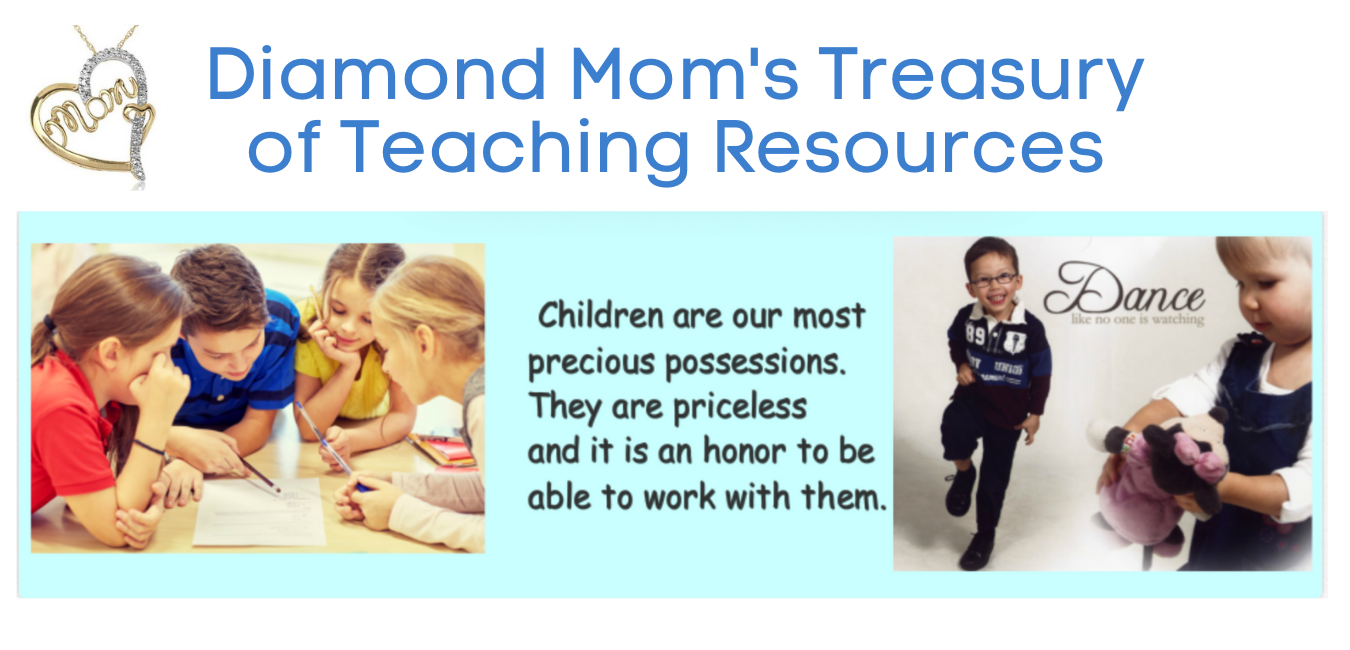
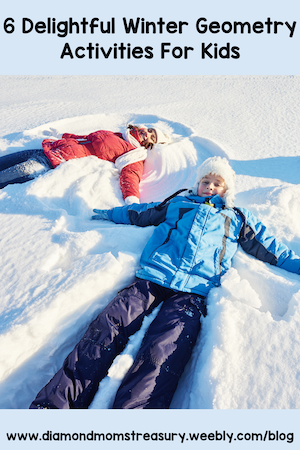
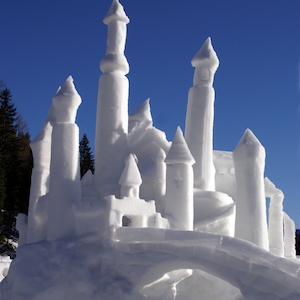
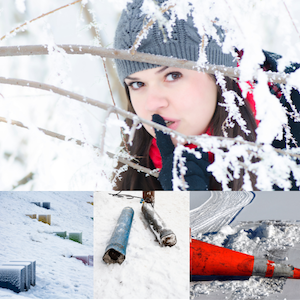
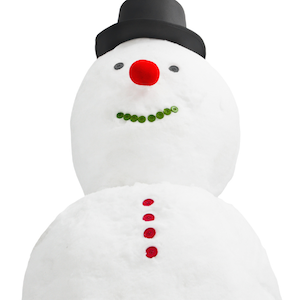
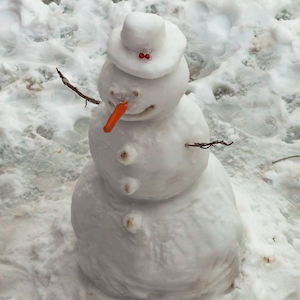
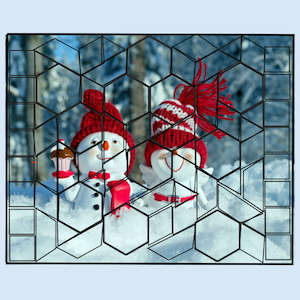
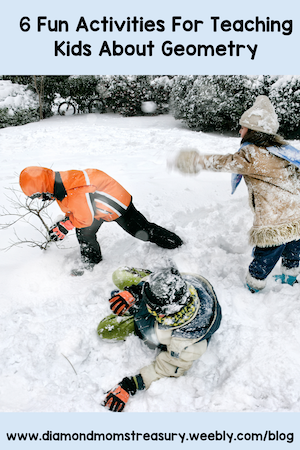

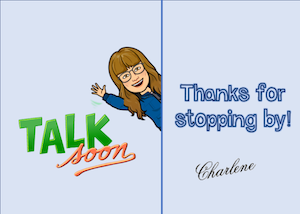
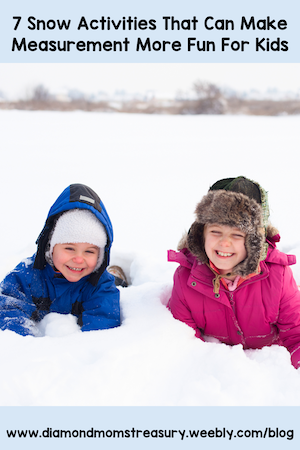
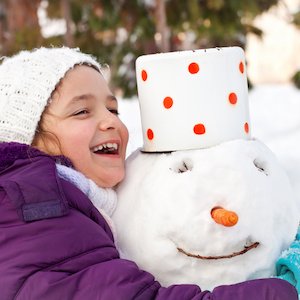
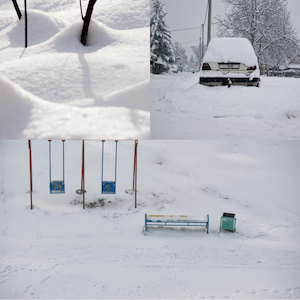
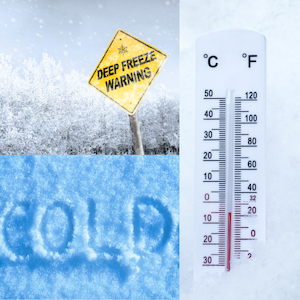
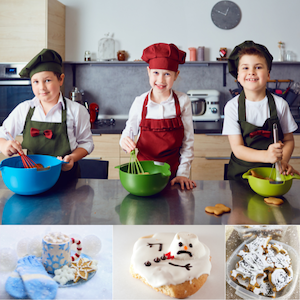
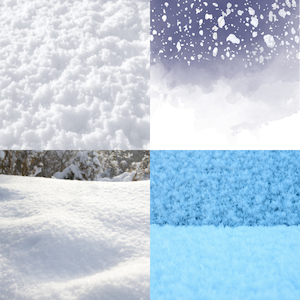
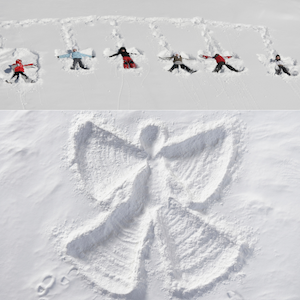
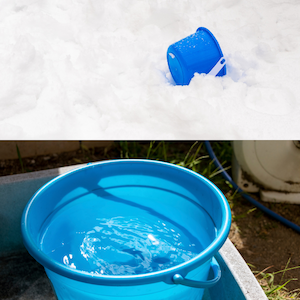
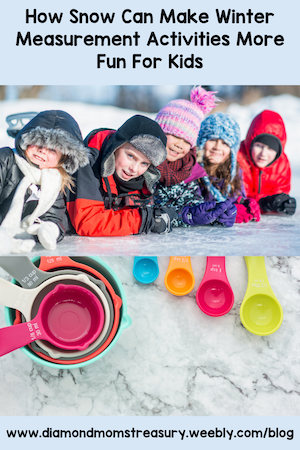
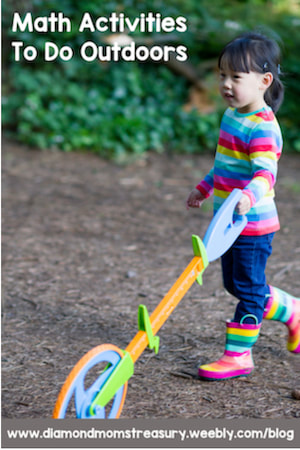
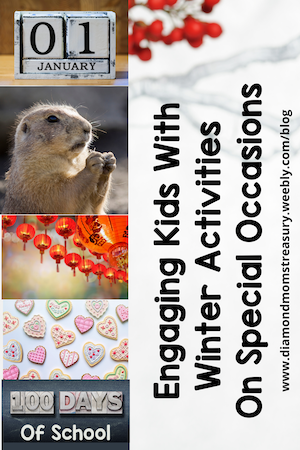
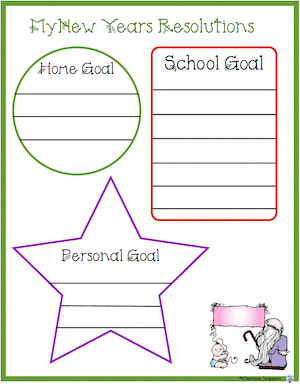
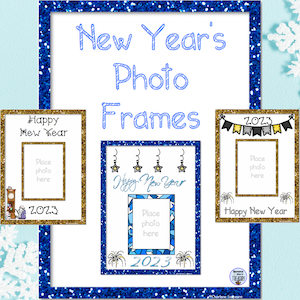
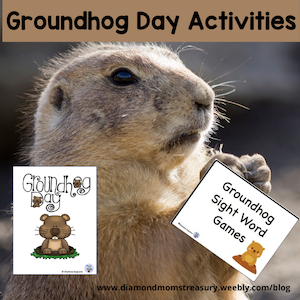
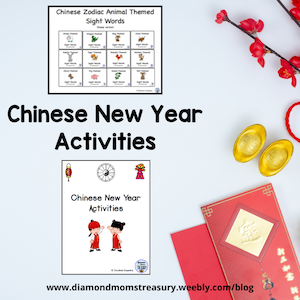
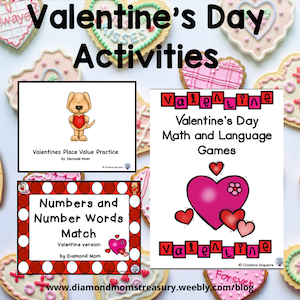
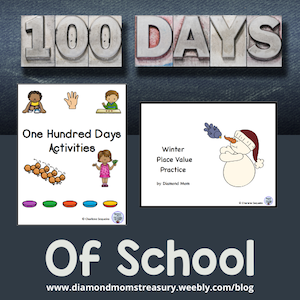
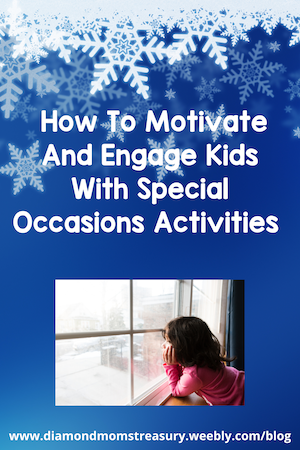

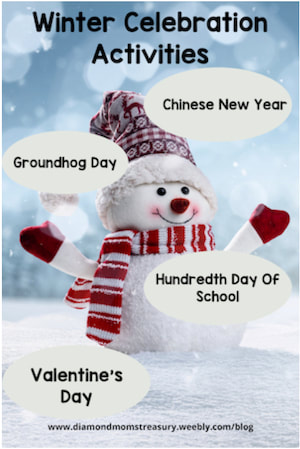
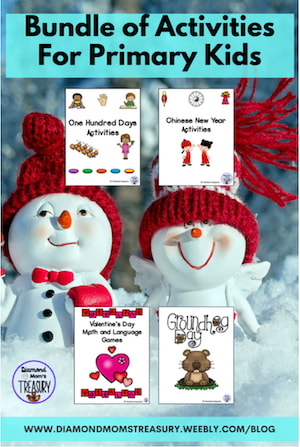
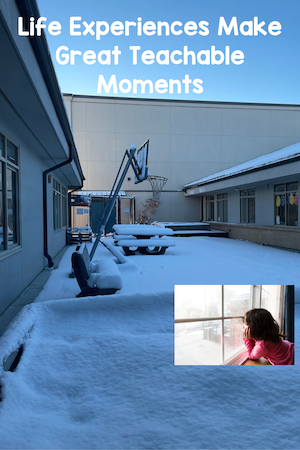
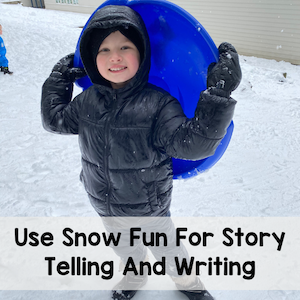
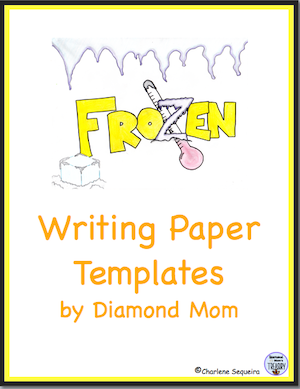
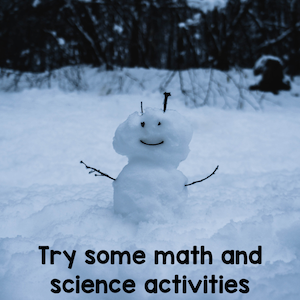
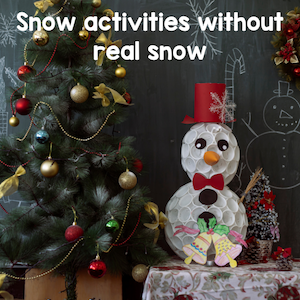
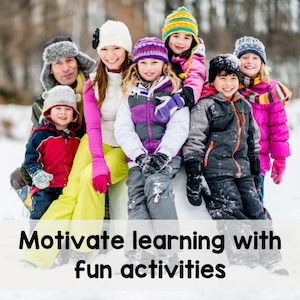
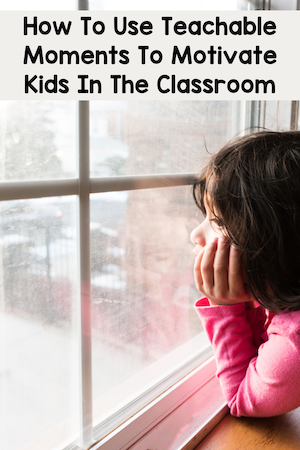

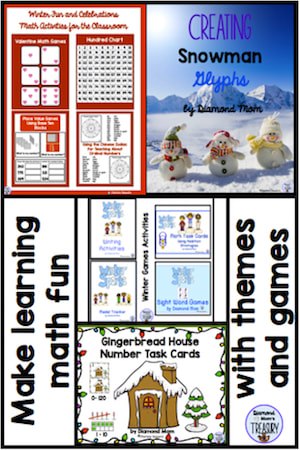
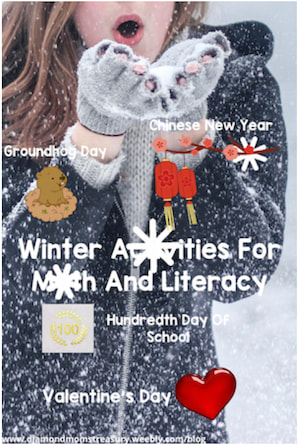
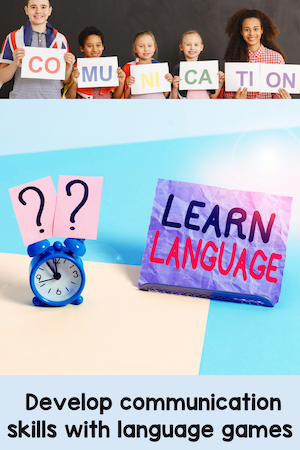

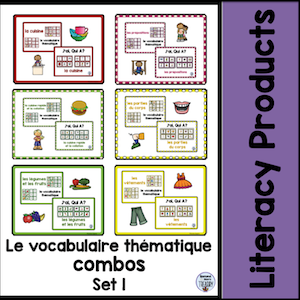
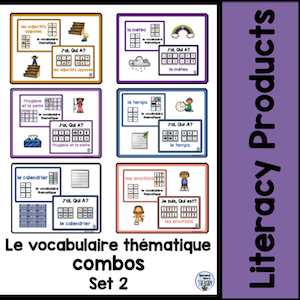
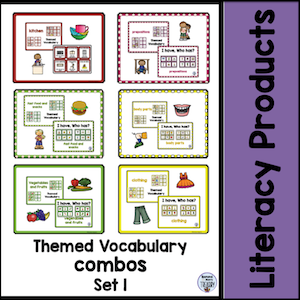
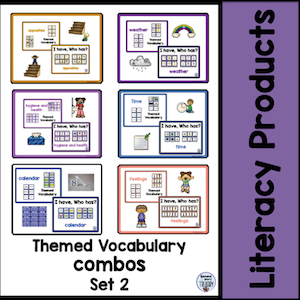
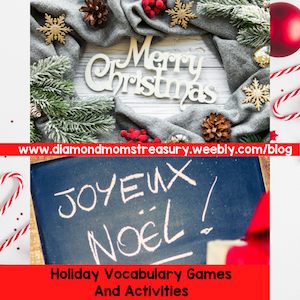
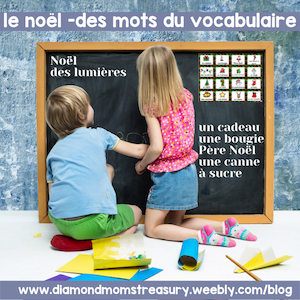
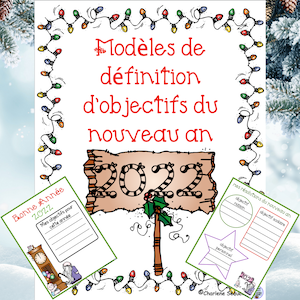
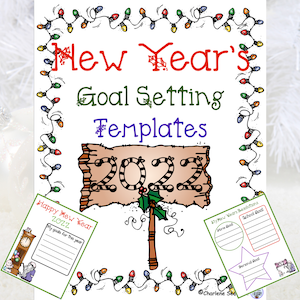
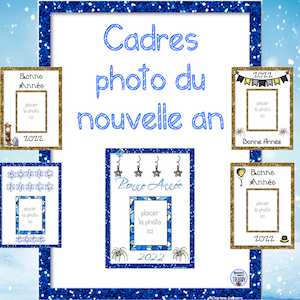
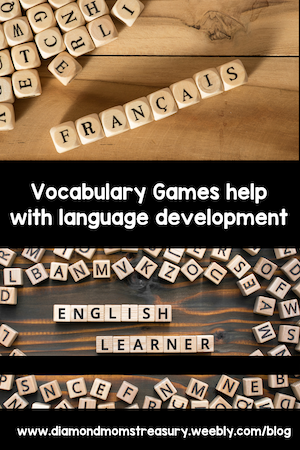

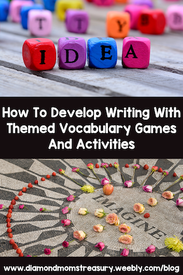
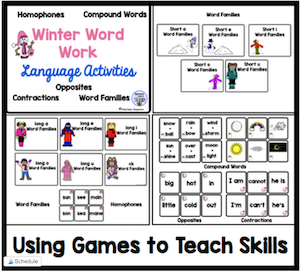
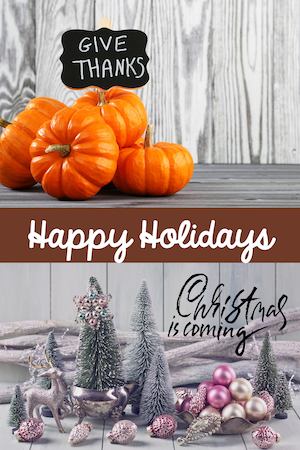
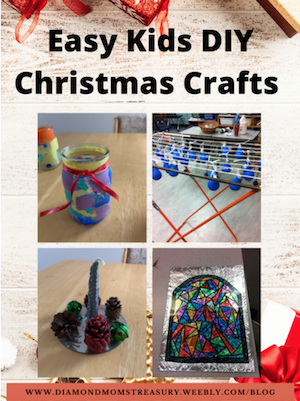

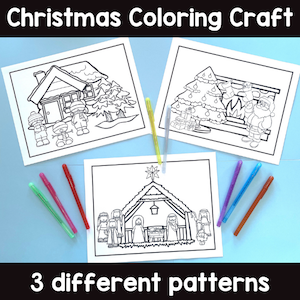
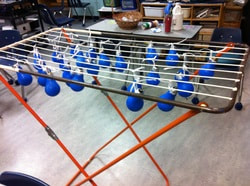
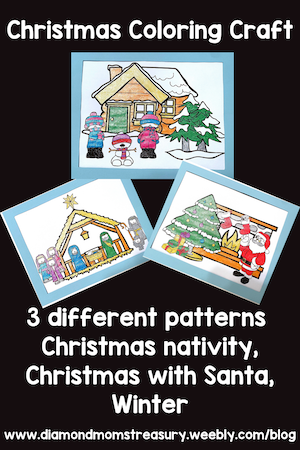

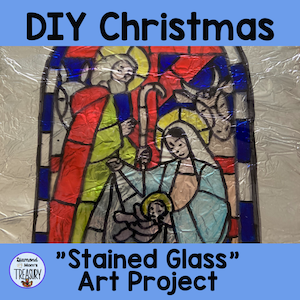
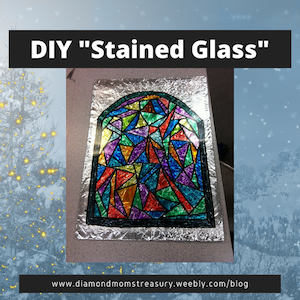
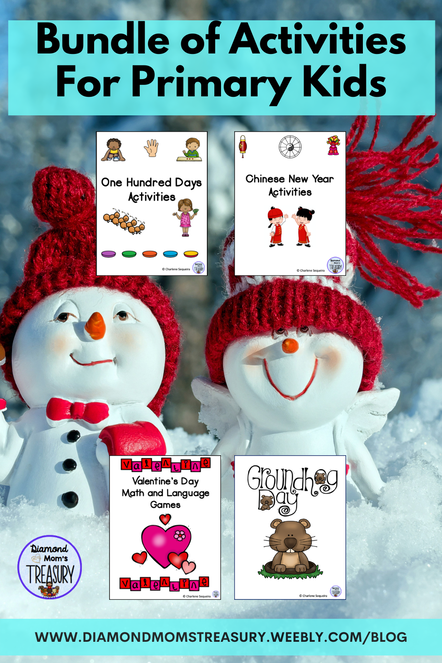
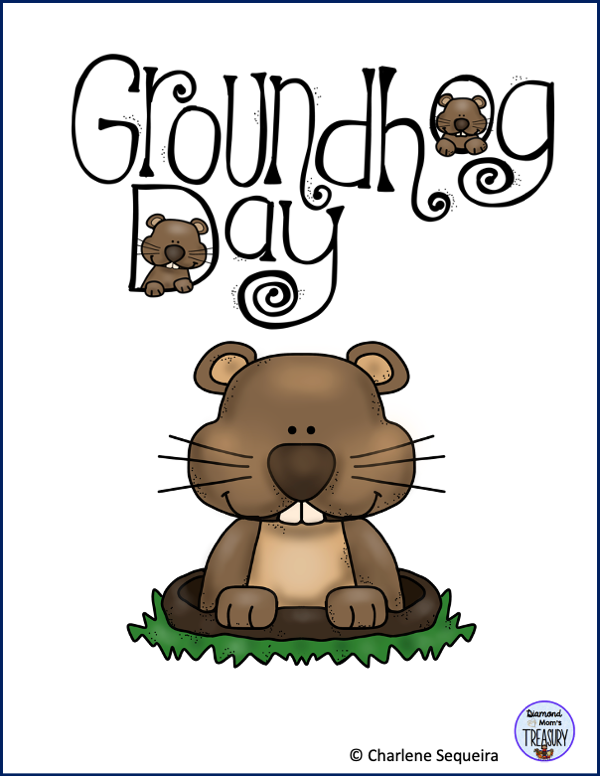
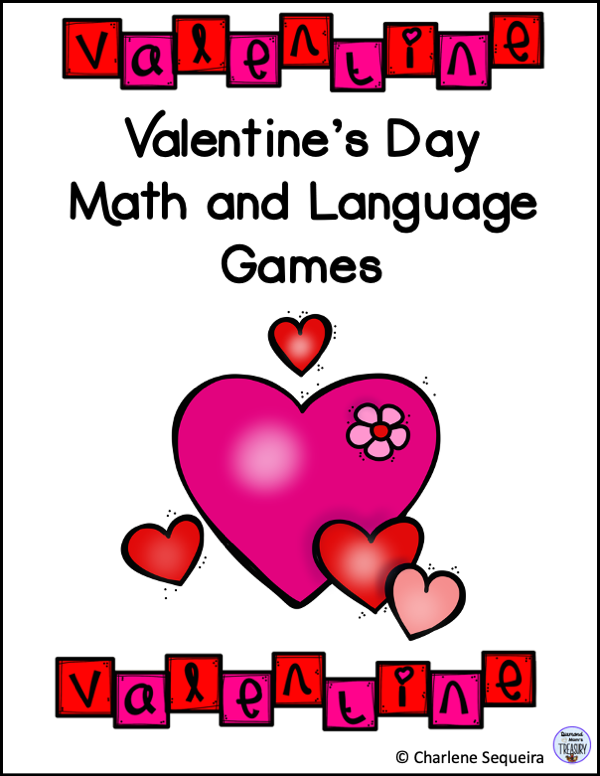
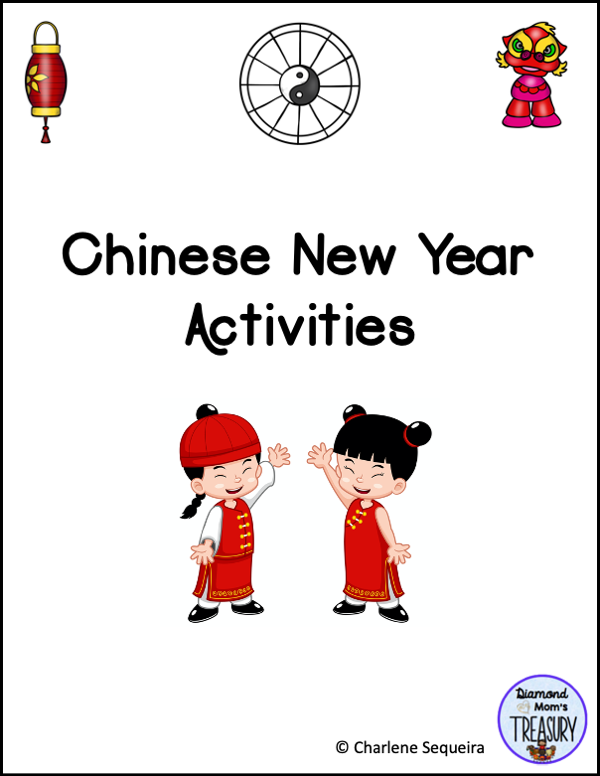
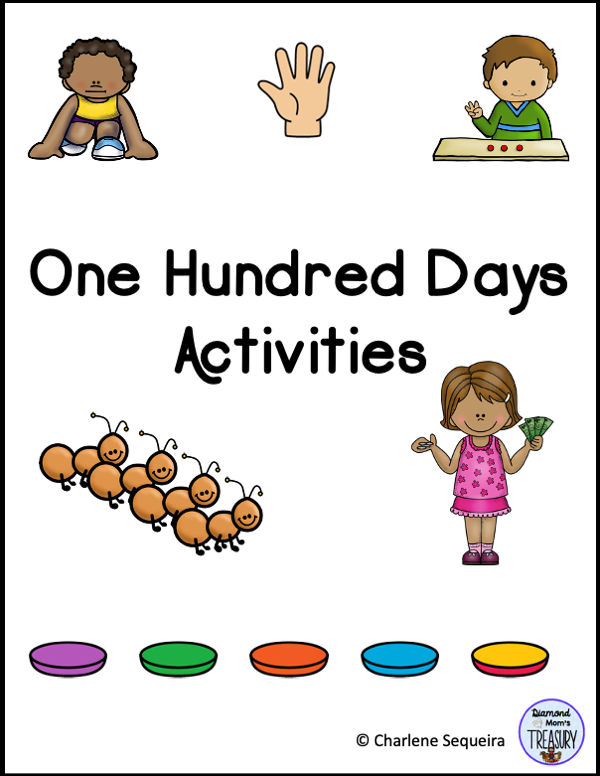

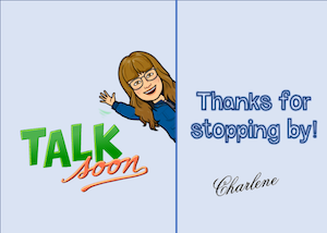
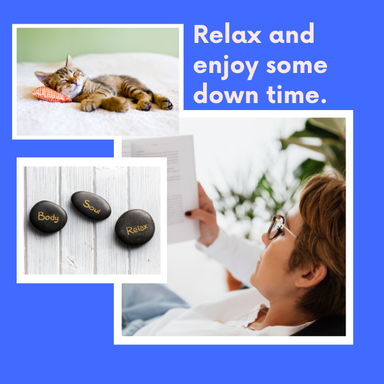

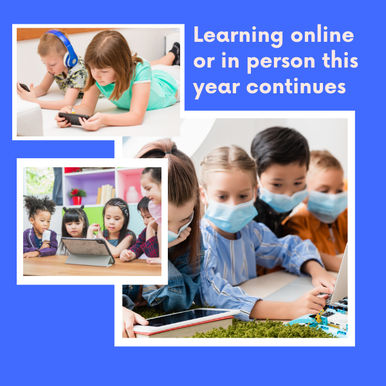
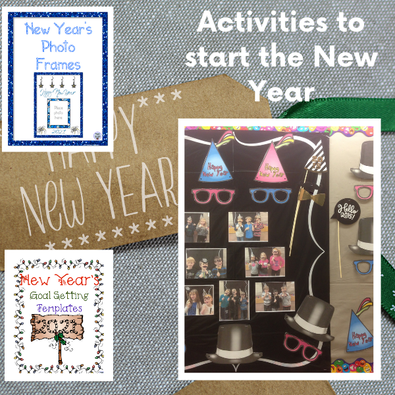
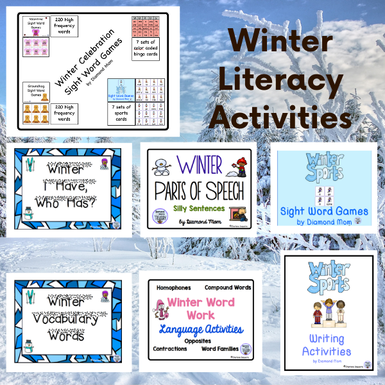
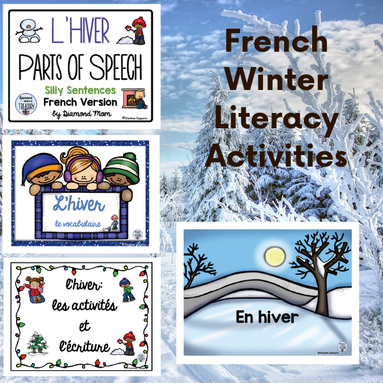
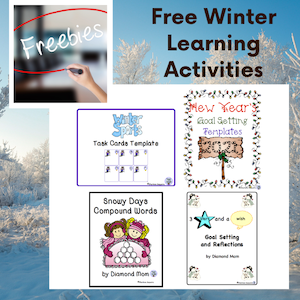

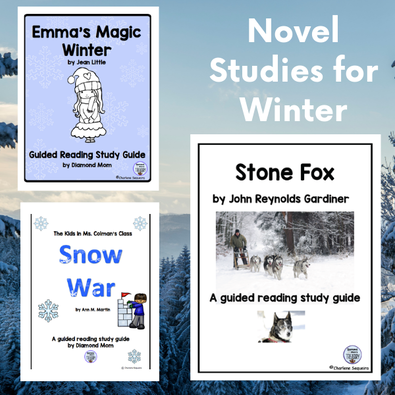
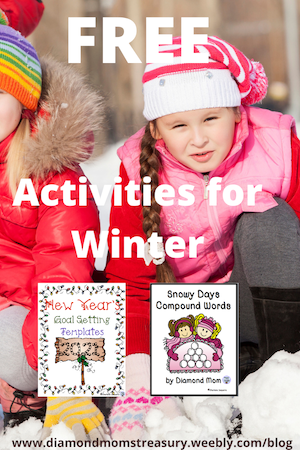
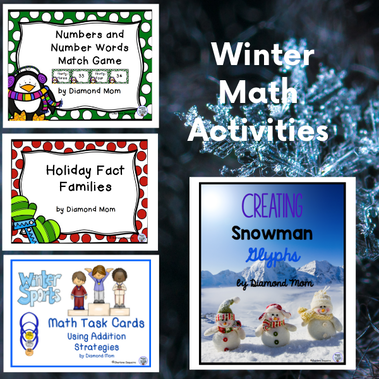
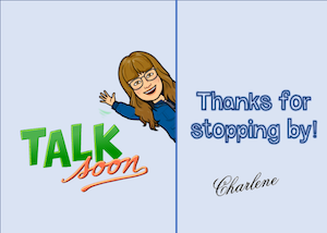
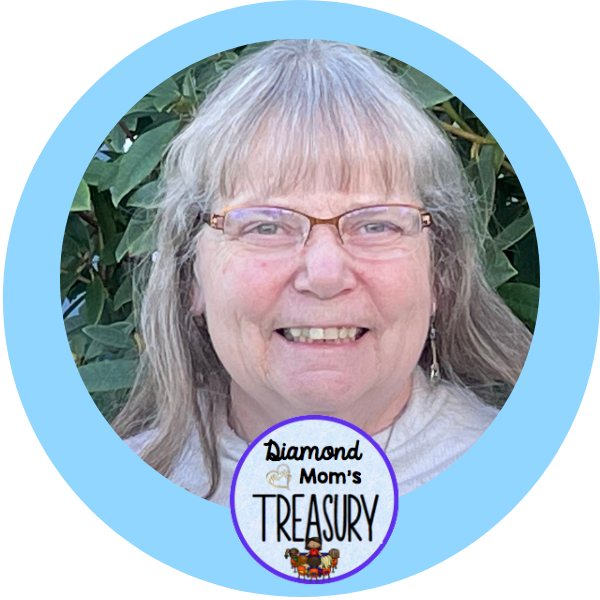


 RSS Feed
RSS Feed